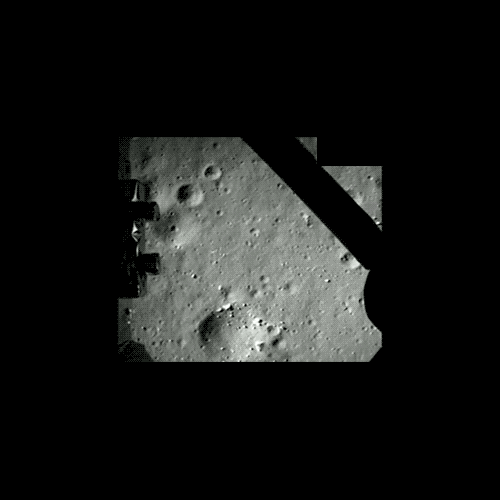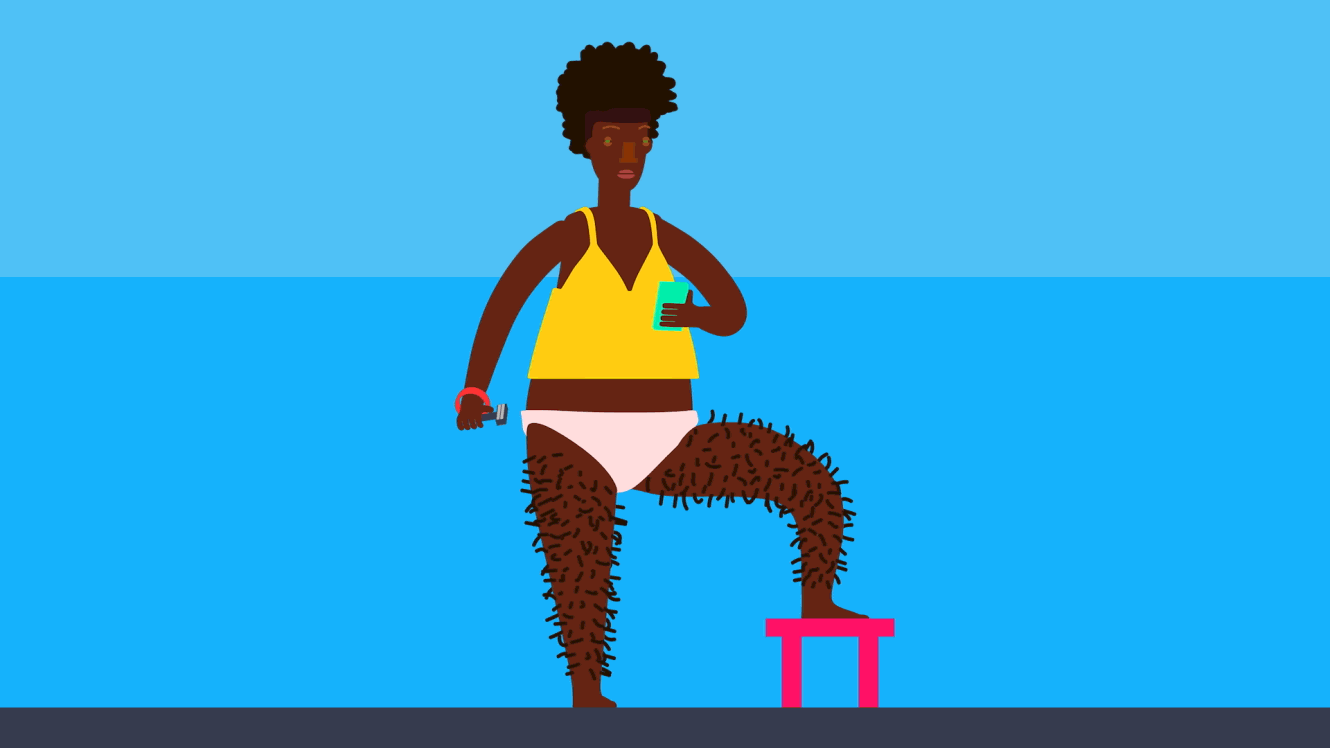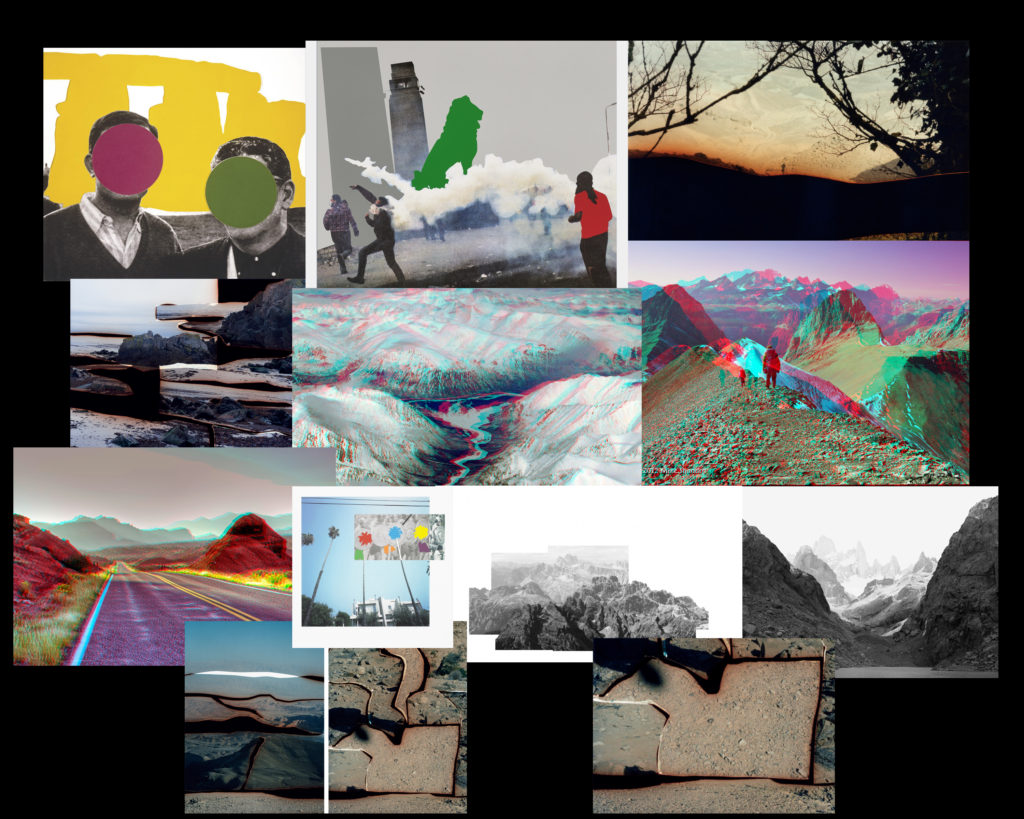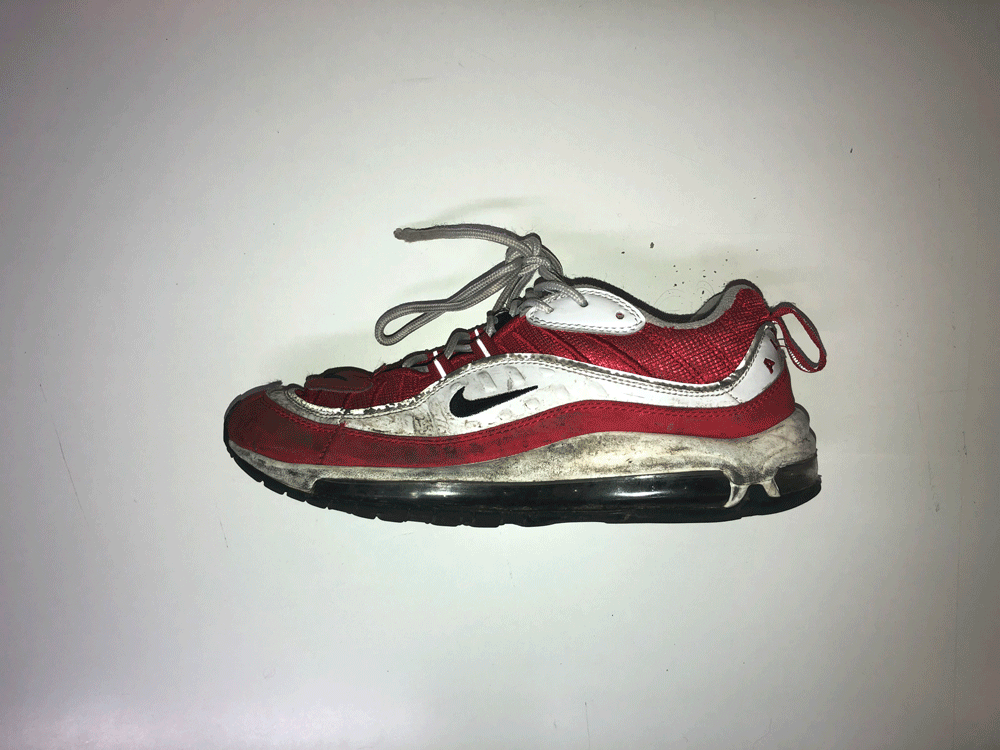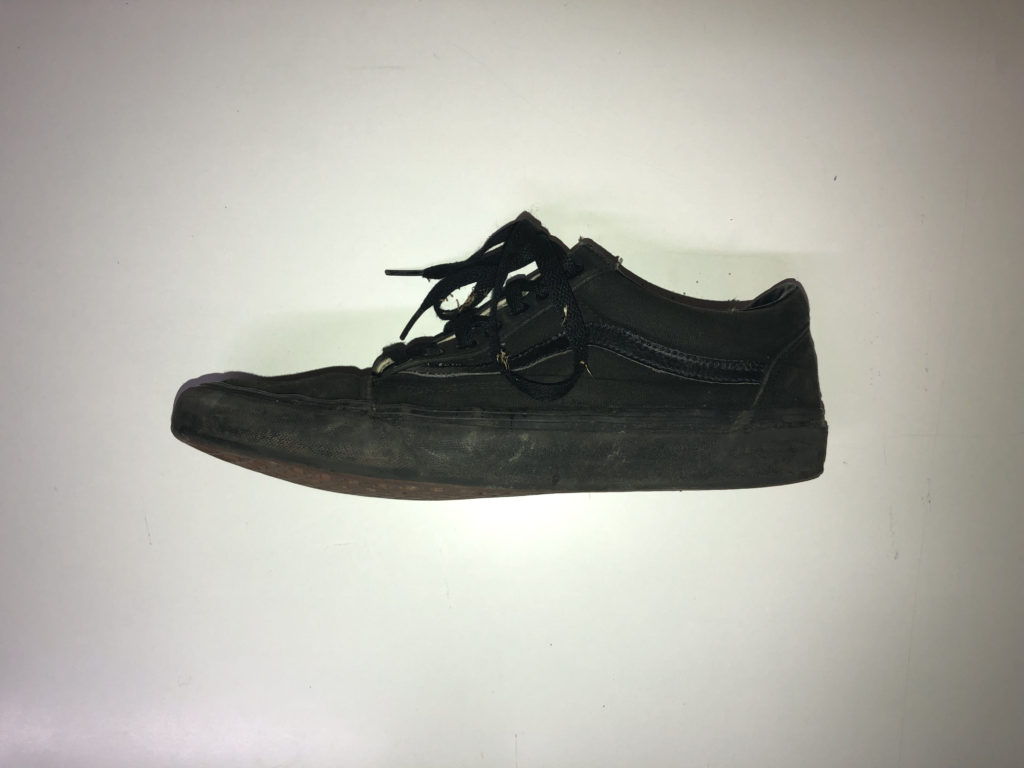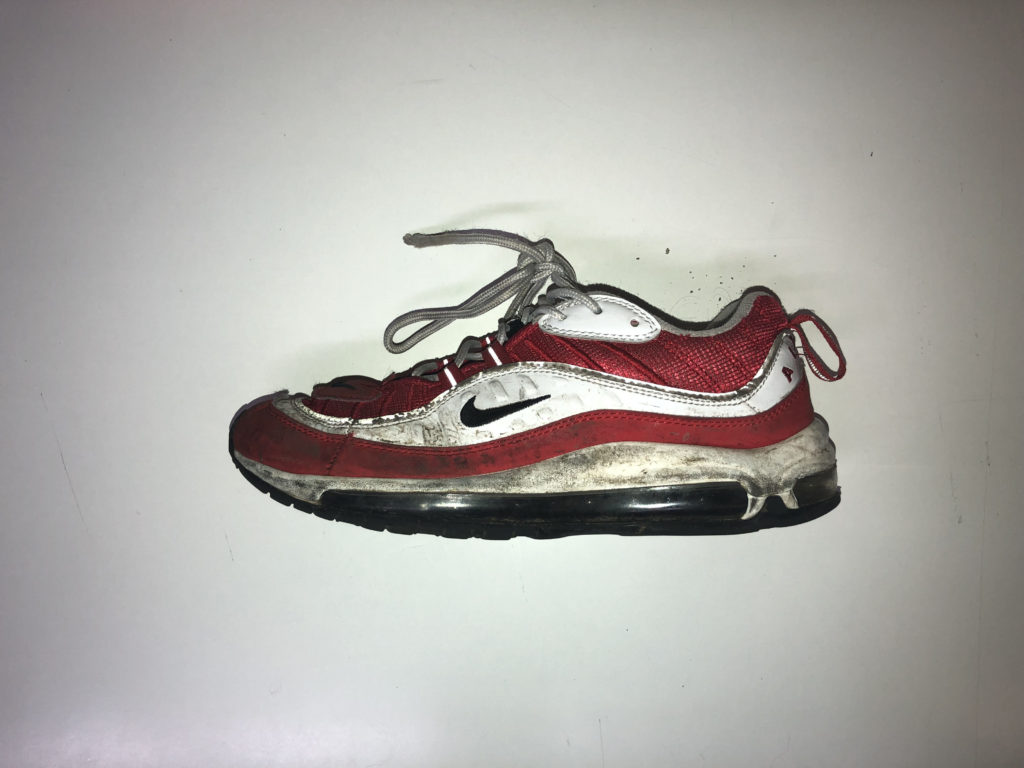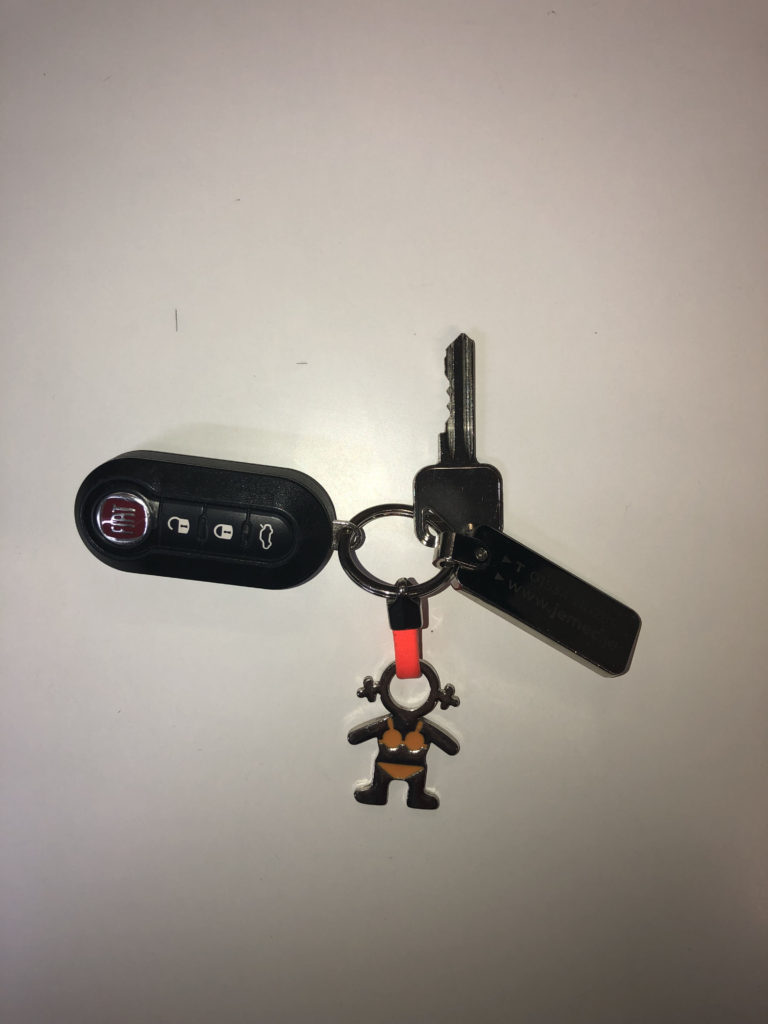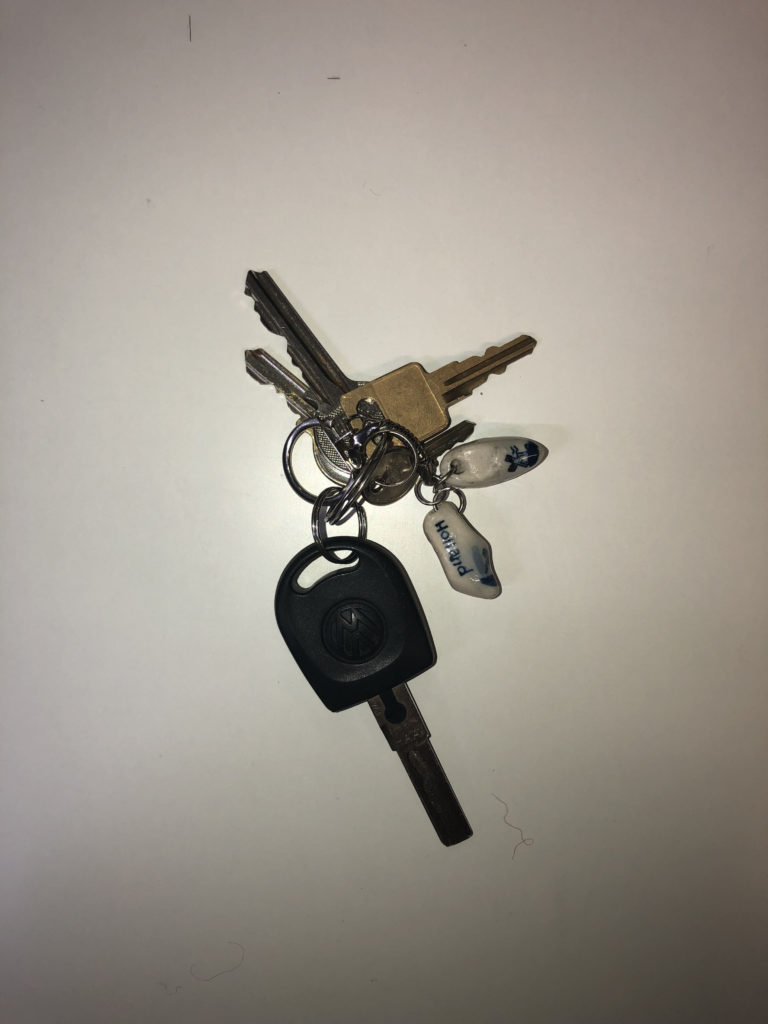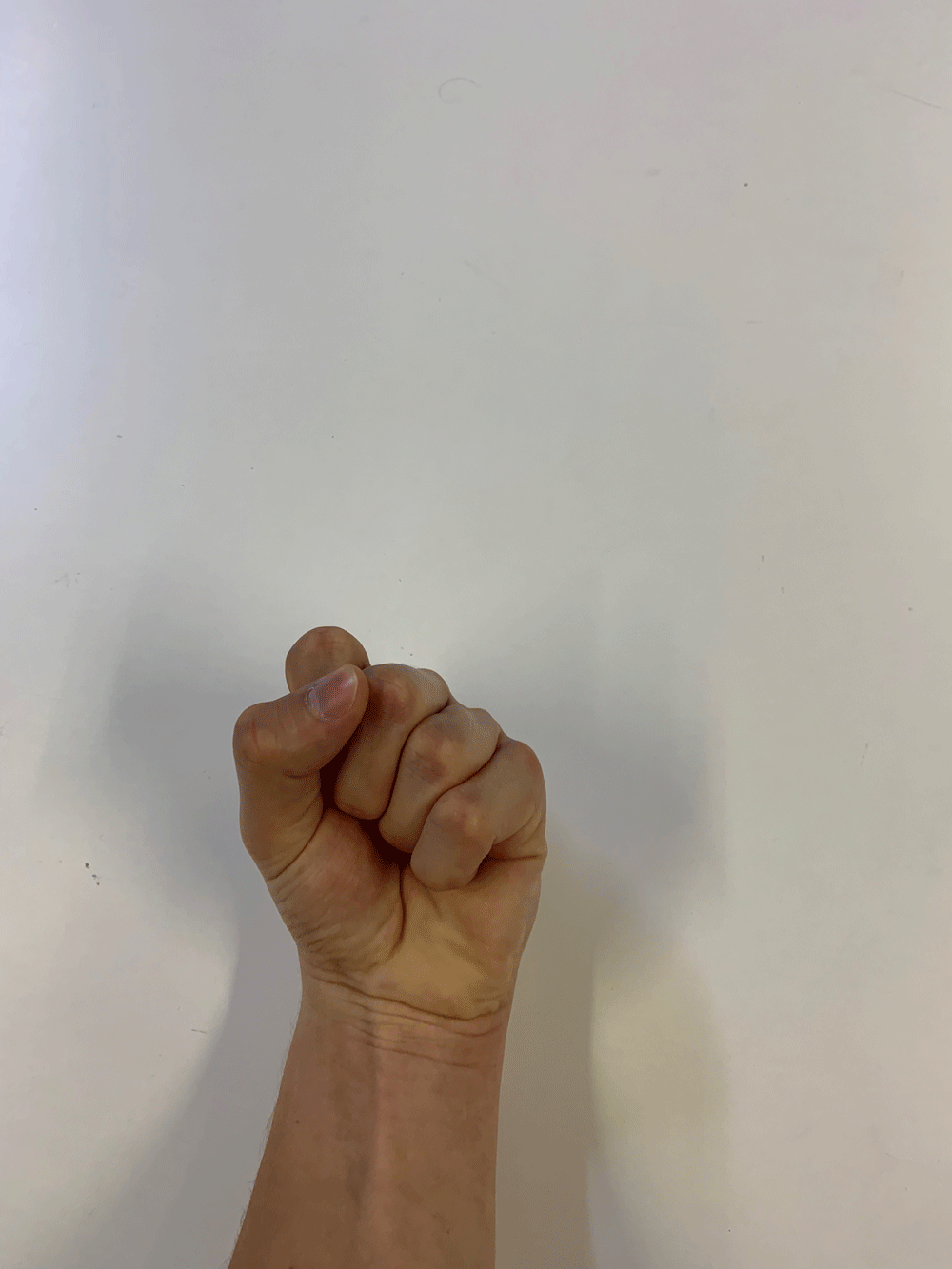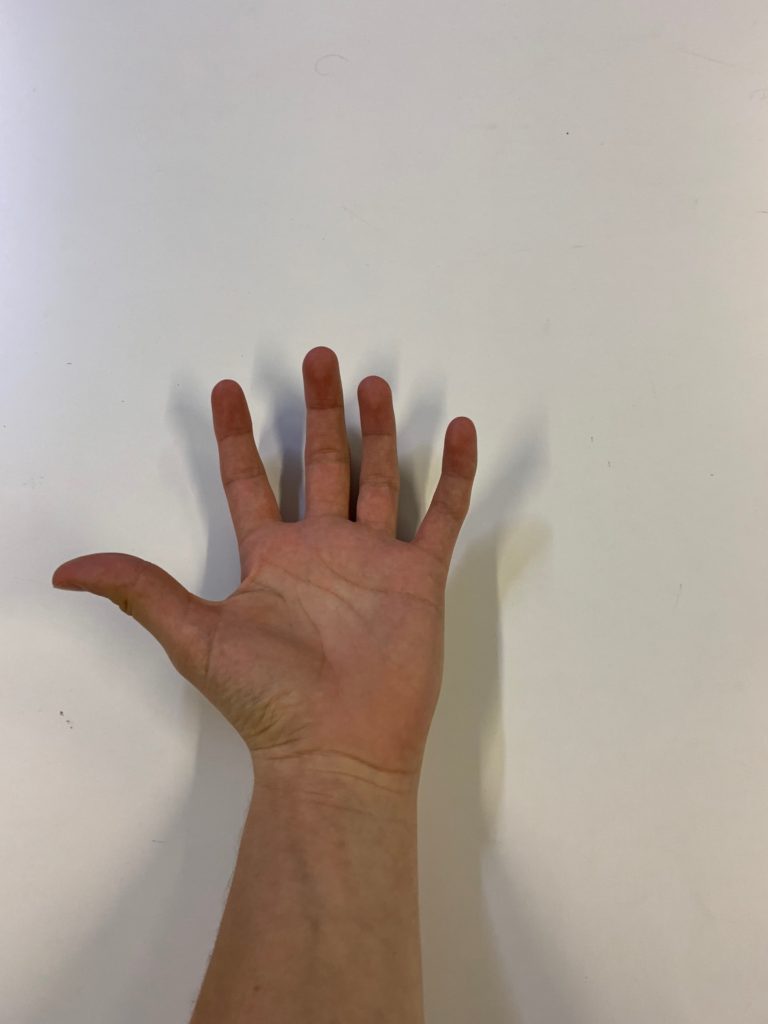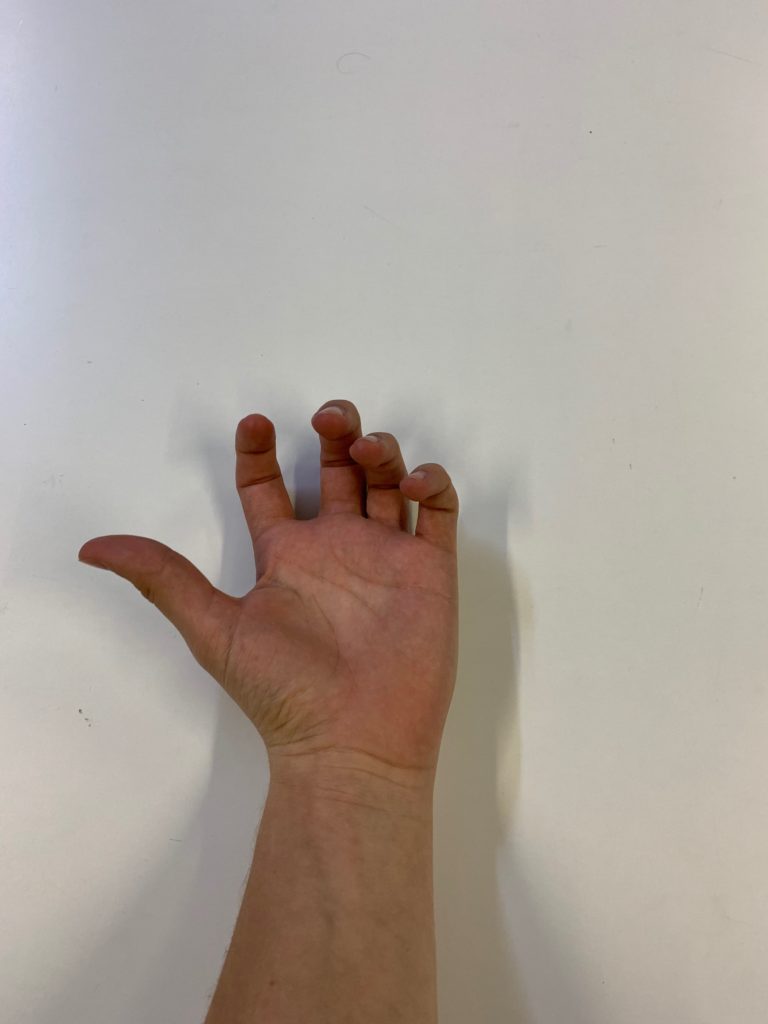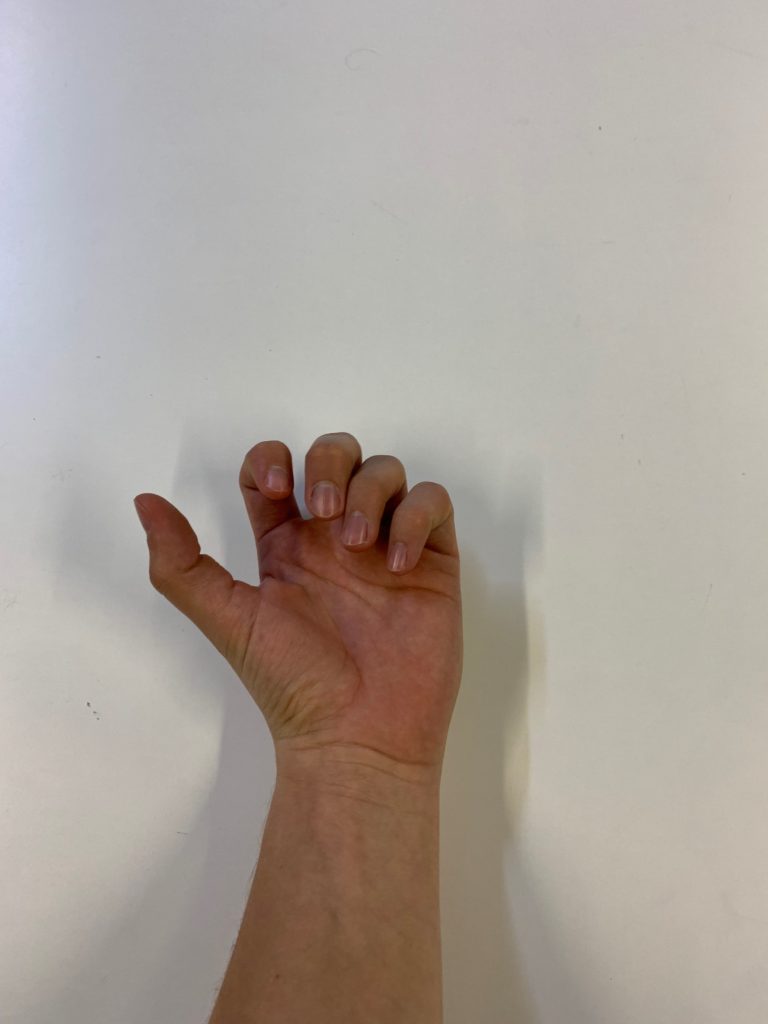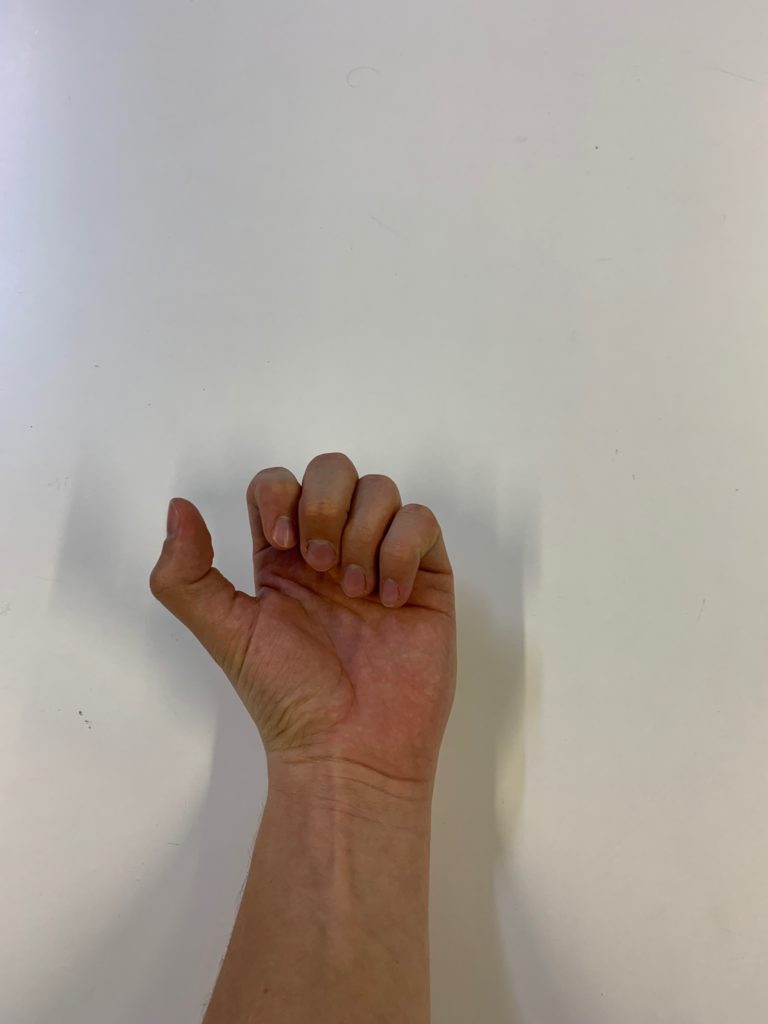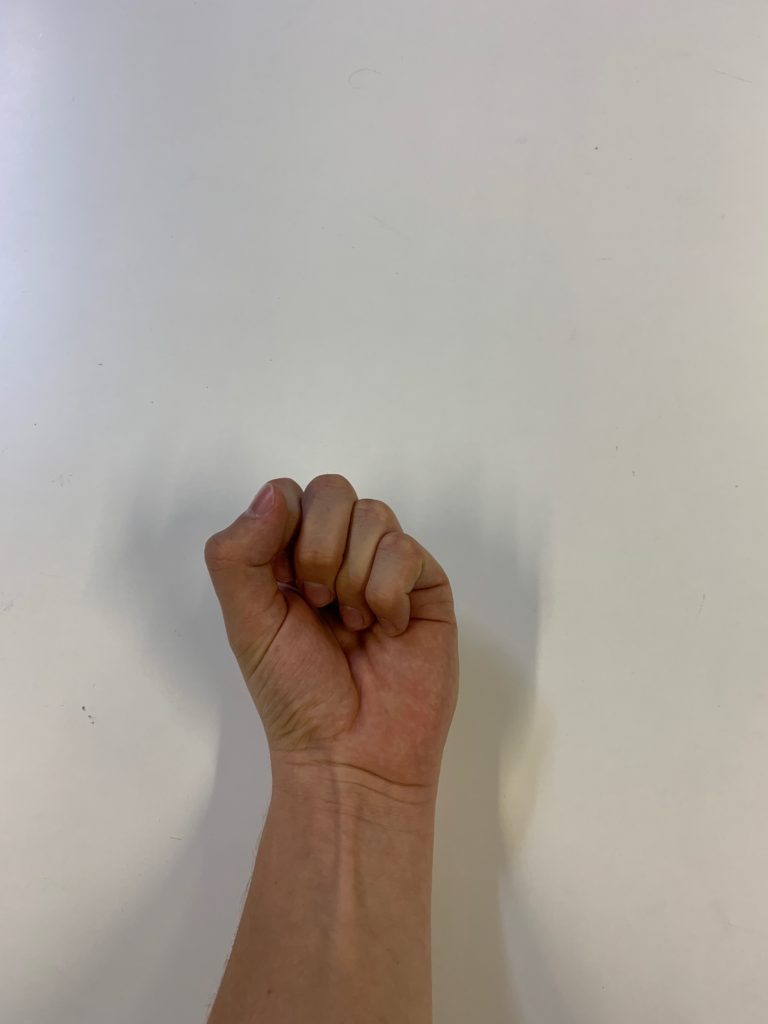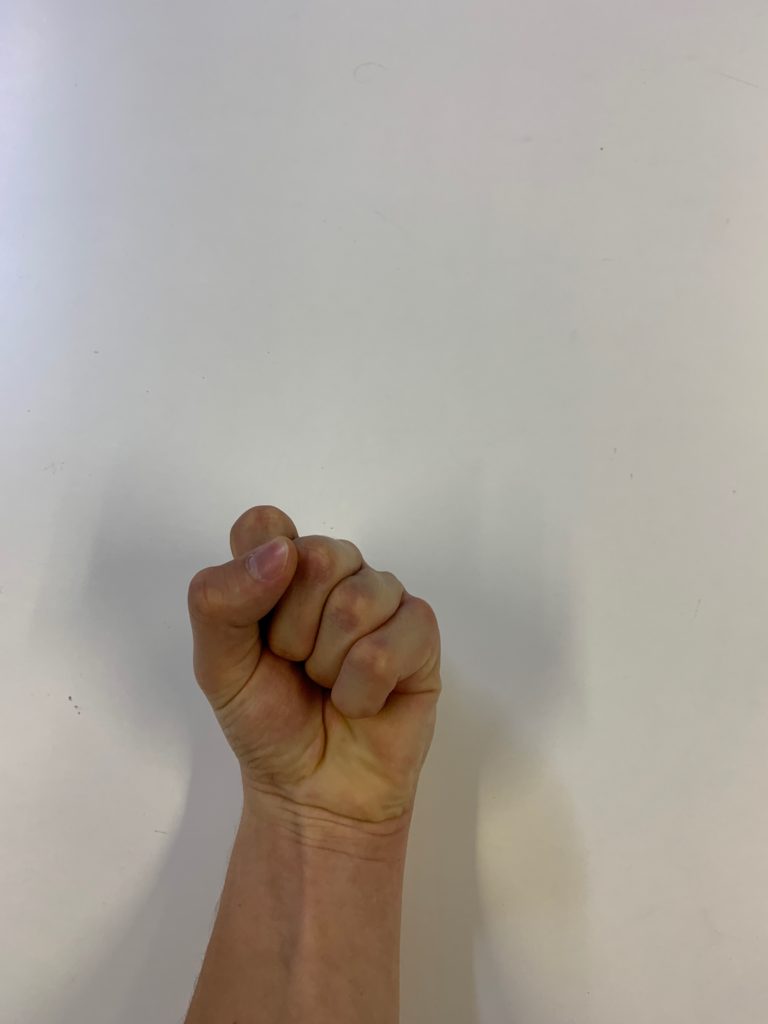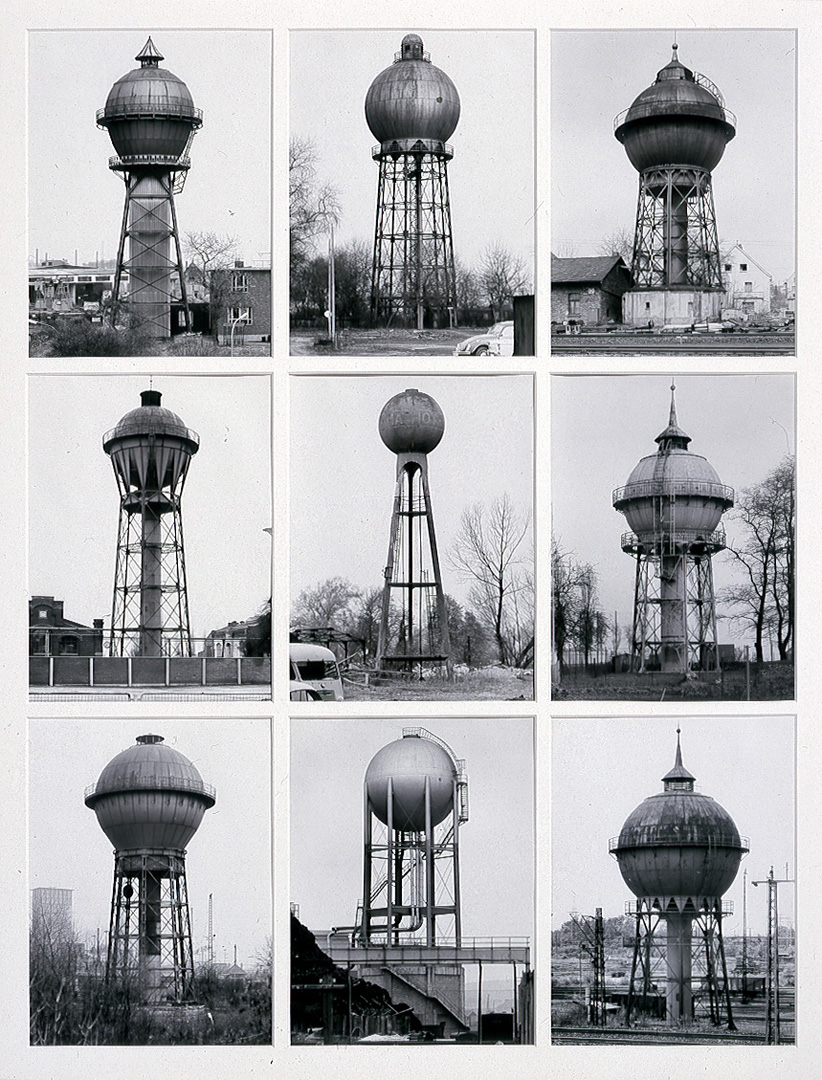
Each painting within the Haystack series is different however they all share common qualities too. They were painted in the farmlands of Normandy, north of Parish. Each picture shows a field with hills and trees in the distance. In the foreground Monet painted haystacks – which lead to the title of the group of paintings. Sometimes there is one stack, sometimes two or three. The haystacks themselves are put together by binding a large base of hay and then adding a cone shaped layer of hay on top. Each stack is close to 20 feet tall and weighs an enormous amount, withstanding the harsh weather until it is time to harvest them.
Impressionist artists like Monet were interested in seeing the world in a new way. In doing so, they wanted to show that viewing their surroundings could be much more beautiful and complex than what is on the surface. Through painting subjects that were common images, not heroic stories or sublime natural beauty, Monet shows that importance can be found in everything. His Haystacks elevate the status of common bales of hay, highlighting the importance hay plays in agriculture and sustaining life. Impressionism, and Monet specifically, often give importance to working class elements of life, like farming, by painting them.
Impressionism is a 19th-century art movement characterized by relatively small, thin, yet visible brush strokes, open composition, emphasis on accurate depiction of light in its changing qualities (often accentuating the effects of the passage of time), ordinary subject matter, inclusion of movement as a crucial element of human perception and experience, and unusual visual angles. Impressionism originated with a group of Paris-based artists whose independent exhibitions brought them to prominence during the 1870s and 1880s.
This impressionism technique was a quick way of working and was necessary for Monet to accomplish the real goal of his painting. Monet was looking at objects, haystacks, and at the “atmosphere that colors it differently at different times of the day/times of the year.” He had to work quickly to capture the changing light and how it colored his surroundings. Often we have an image in our head, but Monet was showing that that image should differ throughout time. A haystack covered in snow might appear white in our minds, but depending on the light, it would appear blue, yellow, or pink at sunset. Focusing on a single subject twenty-plus times gave Monet the ability to show the effects of changing light. It took his art from being focused on objects as subject, to being about light, or lumière, as subject. This idea about focusing on lighting/textures as appose to a subject matter links to the artist research I have done on Hiroshi Sugimoto and his project Seascapes.

